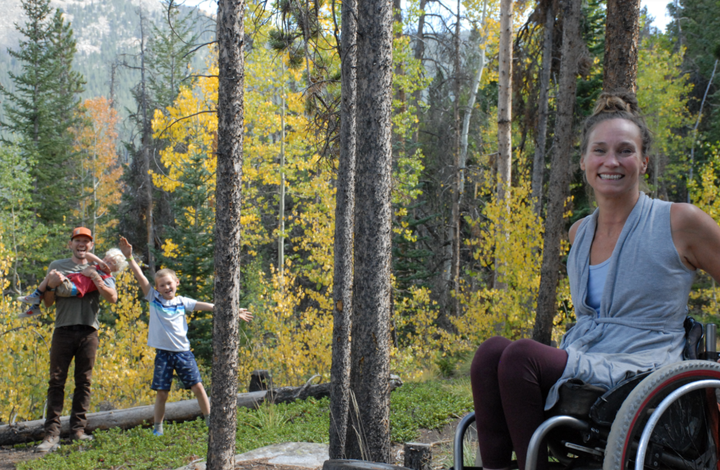
“Oh, you’ll just know. You’re a smart girl. You’ll be fine.”
I remember those words from my obstetrician like it was yesterday. And, while she genuinely felt she was empowering me to be confident about my upcoming labor and delivery, she terrified me to the core.
That conversation, like hundreds of others I’ve had, made me realize so many people, including doctors, really have no clue about someone like me. My obstetrician had no experience working with a paraplegic in her practice before — an all too familiar role I often played in my life of being “differently abled” and their first like me. I don’t blame her for not knowing, just as I don’t blame myself for being afraid.
In my teens, I suffered a spinal cord injury that left me completely paralyzed from the chest down. I spent every moment after the accident trying to do everything that everyone else was doing. I never stopped to wonder if I could actually do those things. I just did them.
That included becoming a mom.
Once I became pregnant, though, I immediately began googling everything I could: “paraplegic pregnancy,” “paralyzed labor and delivery,” even “wheelchair mom.” Zero results. Obviously I knew I wasn’t the only paralyzed woman to become pregnant, but having no luck proving it left me feeling less than confident and incredibly isolated.
Being pregnant was supposed to be magical, but I felt like a total sideshow out in public. I often wondered whether someone passing me just thought I had a really big cheeseburger for lunch, since the alternative was so farfetched.
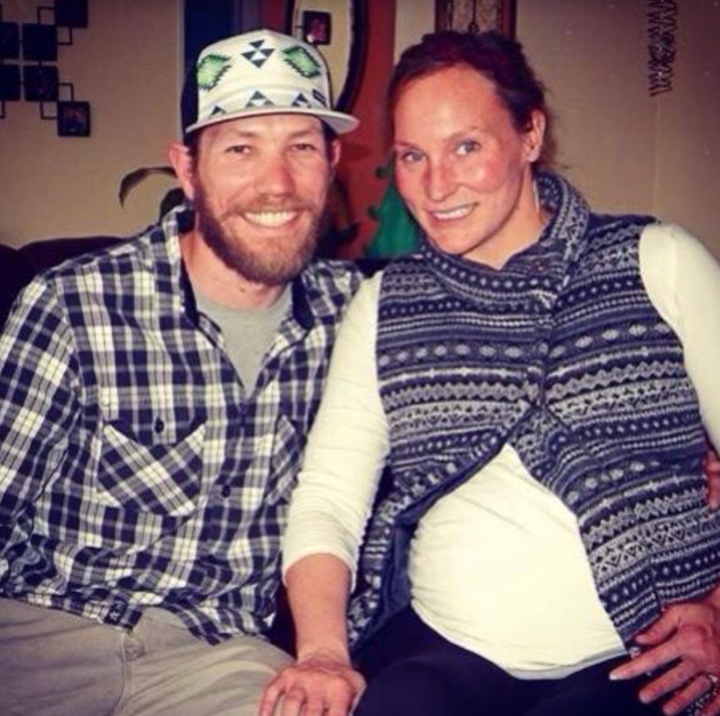
The notorious aches and pains and body image issues of pregnancy were resting under a dozen magnifying glasses for me. My toes and legs resembled tiny sausages, amplified by the fact that I not only couldn’t move my legs, they were also being held hostage by the swelling. My lower body was constantly suffocating from the weight of my giant belly, which was pressing down on it while always seated. Transferring myself in and out of anywhere was becoming a circus act too. Those last few weeks of getting out of bed and into my wheelchair were equal parts planning, precision and, “Welp, hope I don’t fall!”
Feeling miserable, I arrived at every doctor’s appointment with questions and scenarios as to how this pregnancy might continue to progress. No one could answer anything for me, including my greatest question of them all:
“Will I be able to feel contractions and actually know I’m in labor?”
Now that I’ve been through two deliveries, I can tell you my answer (every paraplegic is different and will probably have a different experience): a hard NO, followed by a soft yes.
For my first pregnancy, my water broke, I was dilated, and in active labor, but I had no clue whatsoever. Lucky for me, I had just shown up to a routine third-trimester appointment after finishing my morning day job. I learned I was about to give birth just as my OB finished saying, “I think it will still be another couple of weeks, but let’s take a look at your cervix ... ”
I will never forget the look that she shot me as she stood up after the exam and said, “I feel hair. You need to go!” as she ever-so-nonchalantly hit the big blue button on the wall.
My son was born just five hours later in the comfort of the Labor & Delivery Department of my planned hospital.
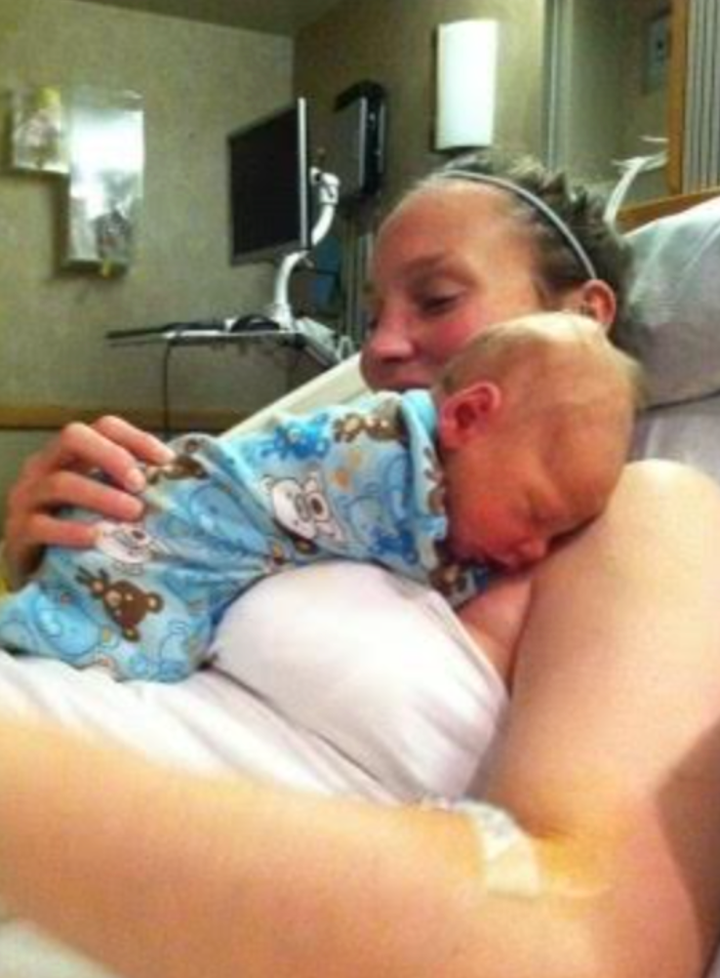
No one could tell me if I was going to be able to push, but everyone had hoped. My desire to be able to do it was felt throughout the entire hospital ward, no doubt. Although the fear of it also sat sharp in my throat.
There were doctors standing by with carts of various tools and trinkets ready to step in, at any given moment, to help along the process if necessary.
The delivery room was a silent bustle of activity as my OB instructed me to “PUSH!” I bore down and tried to manipulate every ounce of my body to do what was necessary, although it was clear that I was commanding a body that wasn’t accustomed to responding to such demands. I had to think about my movements and my efforts so delicately, yet so precisely, the best way that I could.
Not really understanding fully which muscles in my body were actually responding and reciprocating my efforts, I desperately thought of things to try to make that PUSH happen. I thought of really big jumping, like squat-jump jumping. I thought of really deep, doubled-over coughing. I even tried thinking of pooping. The thinking alone was making me woozy.
But in only a handful of pushes, I was able to make progress. I was so proud of myself, dripping in sweat and awaiting the next instructed round of pushes, when my sweet baby’s heart rate began to drop. Without even time to freak out, my OB had stepped in for one final PUSH — using a vacuum instrument to ensure we all got the job done that time.
Just a few shallow, exhausted breaths later, I was holding my pinkish and wailing baby boy. He was so tiny ― much tinier than I expected after causing such a ruckus. His sweet coos and effortless wriggles made me instantly forget all of the discomfort and distress I had felt over the past nine months.
My next delivery was much different.
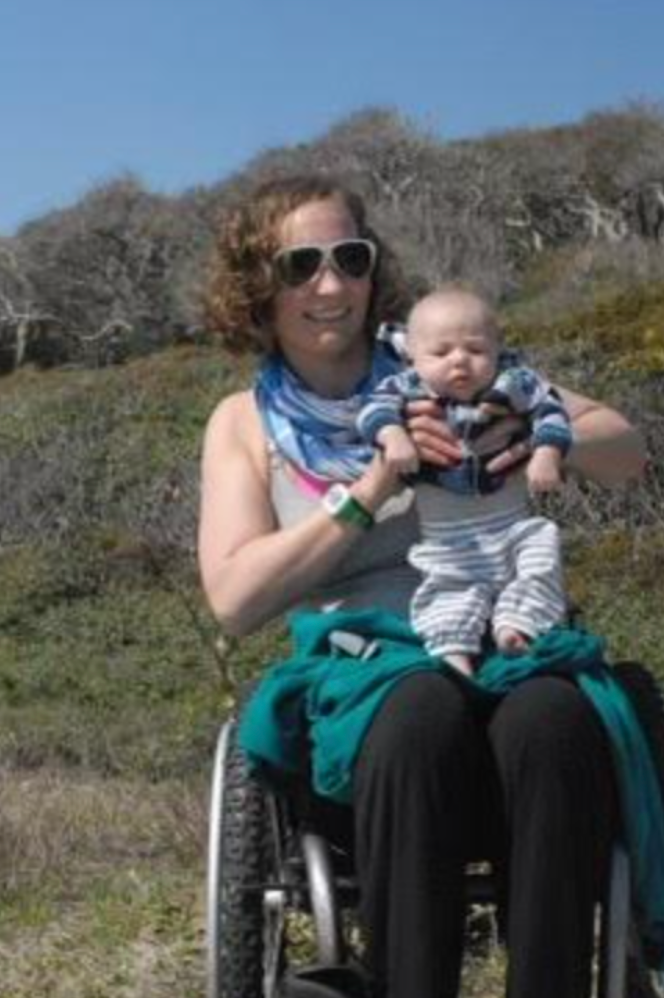
With my second pregnancy, I hyper-focused on the fact that I failed to feel any sort of contractions with my first baby. From the landmark third trimester date onward, I was certain I was in labor just about every day. I thought my husband was going to disown me from the mania alone.
I had convinced myself that I was going to wake up in the middle of the night to a crying baby between my legs. I went to bed wearing loose pants ― no joke, just in case! Nearly every night I would wake up distressed and feel under the sheets, just to be sure.
Then there are those unmentionable things that most pregnant women experience — but again, mine were magnified by 8 billion percent. Most pregnant women can attest to the baby pressing on the bladder and the shame that can be triggered if it causes an accident. I was Niagara Falls just about every time I transferred in or out of my chair, coughed even slightly, or just repositioned my posture. I even broke down and purchased a box of pH strips to check this ever-escaping fluid, in hopes that I’d be able to tell the subtle chemical differences between urine and amniotic fluid. But that indeterminate range wasn’t really in the scope of my limited scientific knowledge nor instrumentation. I still continued to use it in hopes that it would turn into a neon sign that pointed straight up and said, “YOU ARE IN LABOR!”
The kicker was that when it was all said and done, I did feel contractions this time — and totally ignored them. I was so focused on feeling them that I allowed myself to feel them and misread them.
With my paralysis affecting my trunk, I am unable to feel anything from the top of my sternum down, but I can get hints of aches and pains buried deep underneath. So, when I felt a dull side ache, I just chalked it up to the position in which that sweet little fetus had found himself nestled just under my right ribcage. I griped about it to my husband but ultimately went on about my day.
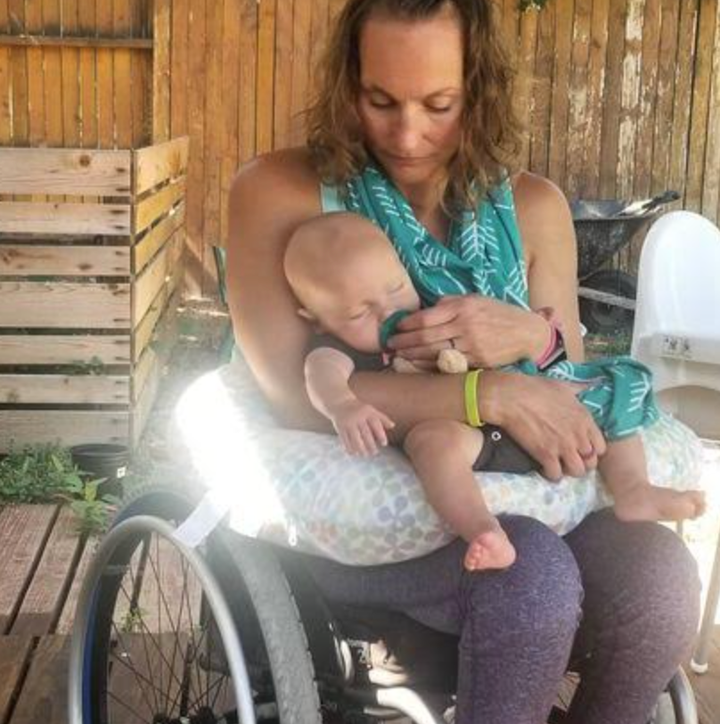
At one point, I even took note of the time at which I would feel that ache, but then I got distracted by other things because it didn’t hurt. I went to work and picked up my kiddo from school, but then noticed the ache was something I could even feel in my teeth. I dismissed it yet again, because I had convinced my OB of scheduling an induction on the first day of my 39th week, which was to happen the next day. I figured I could wait until tomorrow to inquire about this.
Ironically enough, I didn’t need an induction at all. After I had begged and pleaded to my OB that I didn’t want to risk missing the warning signs of labor again, she finally agreed — but not any sooner than that 39th-week mark (my oldest son was born at 38 weeks).
I showed up at the hospital the next morning as planned. I had taken my time and told my husband to come later because being induced can take a while. After checking in and meeting with a nurse, I began to describe that achy feeling I was having. Within minutes, she had hooked up the contraction monitor and it revealed that I was (again) in active labor without my knowledge. My sweet youngest baby boy was born just two wispy hours later.
I now know that my body was trying desperately to tell me that one thing I didn’t think it could.
I look at my two boys today and feel truly blessed for the luck that landed on my side for both of their births. I feel as though the universe was looking out for me both times, as I know the swiftness and surprise alone could have meant things might have worked out very differently for all of us. It could have been front-page news bad because there isn’t enough info about being pregnant or delivering if you’re a paraplegic.
But it shouldn’t have to be this way.
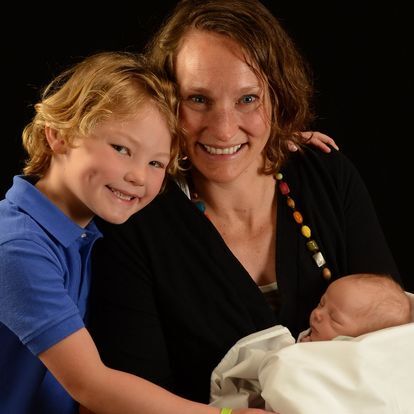
Women make up only about 20% of the entire population of people with spinal cord injuries in the U.S. Perhaps that is why there isn’t more emphasis on the obstetrics of those women. Within that population, it is estimated that about 14% become pregnant after spinal cord injury — that is roughly 8,000 women in the U.S. potentially left to deal with scenarios much like mine. All alone.
That’s also roughly 8,000 babies facing a long list of unknowns. There isn’t enough support or resources for these babies nor women. We are left with only those things that we aren’t told — because no one really knows what to say in the first place.
I’ve been through this — twice — yet I’ve found my concerned voice sat like that proverbial lone, felled tree in the woods. I knew I existed, but if no one could hear a sound, did I really?
The whispers are there though, emphasizing the fact that it is a lonely, lonely world for a pregnant paraplegic. Those whispers come from fragments of a world that cannot possibly understand what this experience is like. So, I’m here to break the silence for women like me.
I didn’t sign up for the job, but I’m going to take it on because lives are at stake. I, sadly, don’t have the solution ― I’ll have to leave that up to those with the specific education and training necessary to make progress ― but I can speak up and make some noise in hopes that it might inspire others to do what they can.
As I rock my sweet babies to sleep or harness them to my lap ― or even teach them how to walk by holding onto the back of my wheel chair ― I understand that I am so, so lucky. Things could have turned out differently for me and for them. Going forward, I want to make sure every paraplegic mom-to-be has the support and knowledge and access to care that she needs and deserves to have a healthy pregnancy, delivery and birth, so luck is no longer any part of the equation.
A Colorado native, Ryan Rae Harbuck has always found solace in the mountain air and has always been up for an outdoor challenge — as far as her wheelchair wheels could take her, and beyond. She has been a teacher and a swim coach, but enjoys being Mom the most. Most recently, Ryan has written a memoir, “when i grow up i want TO BE A CHAIR,” that explores lessons learned from her struggles and, consequently, the victories therein. She and her husband, Andrew, live in Denver with their two mudslinging, car-vrooming young boys. To learn more, visit her website at www.ryanraeharbuck.com.
Do you have a compelling personal story you’d like to see published on HuffPost? Find out what we’re looking for here and send us a pitch.
